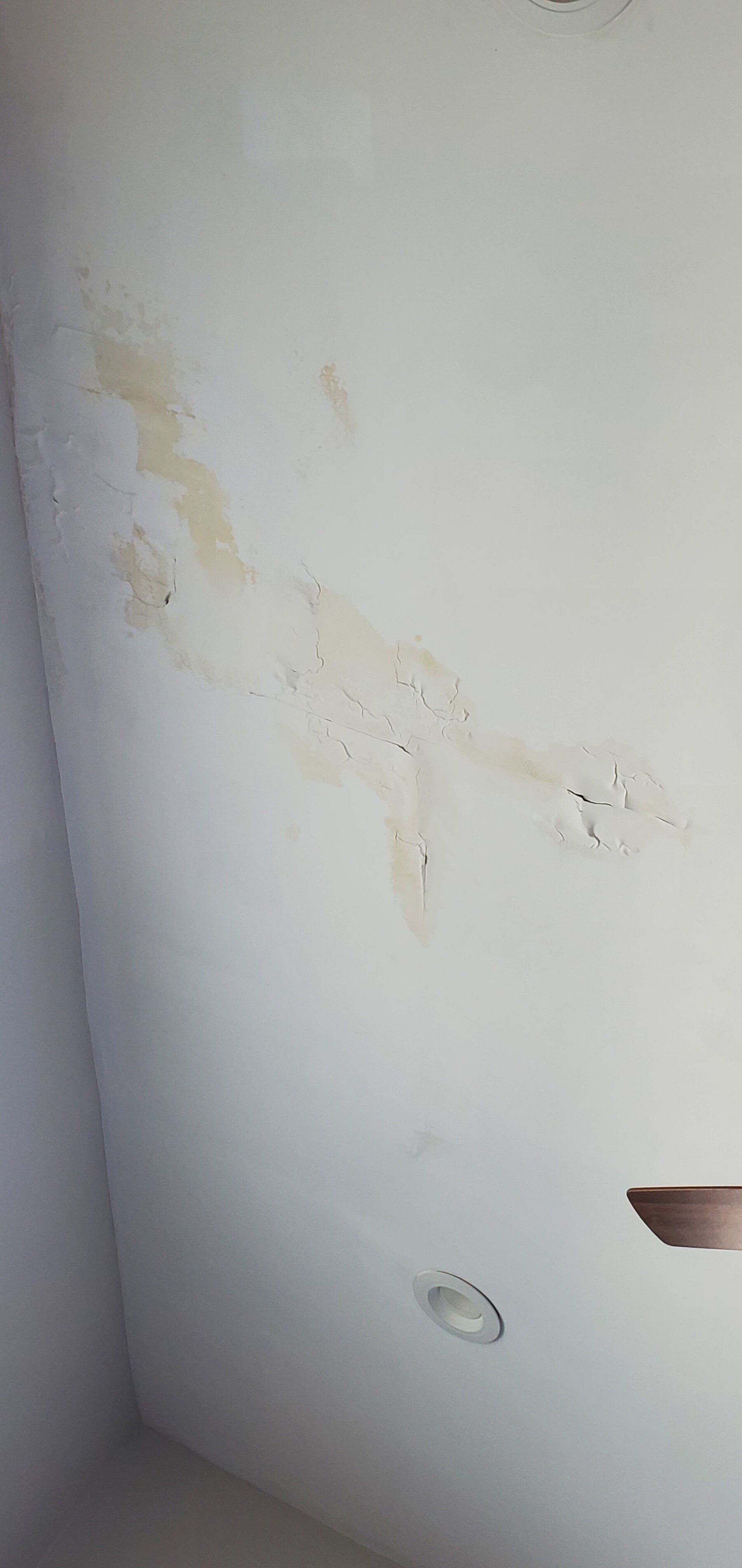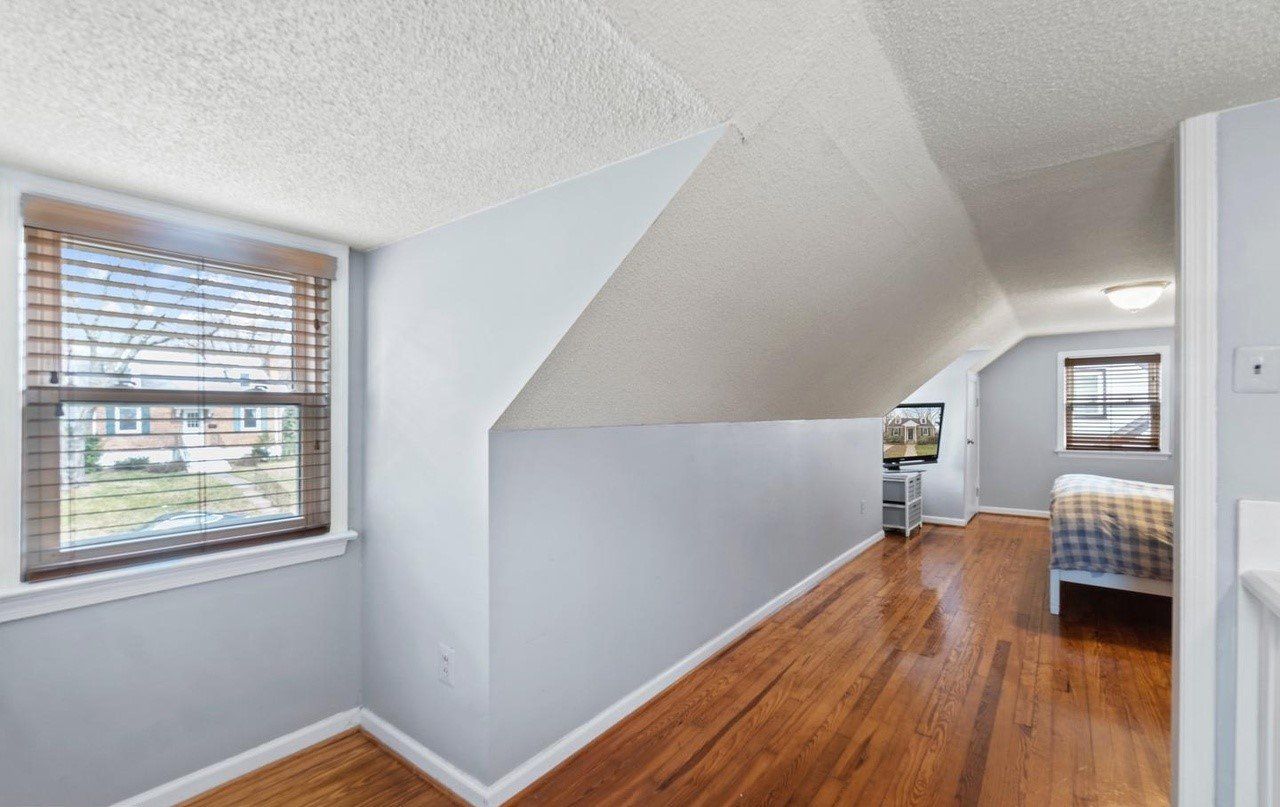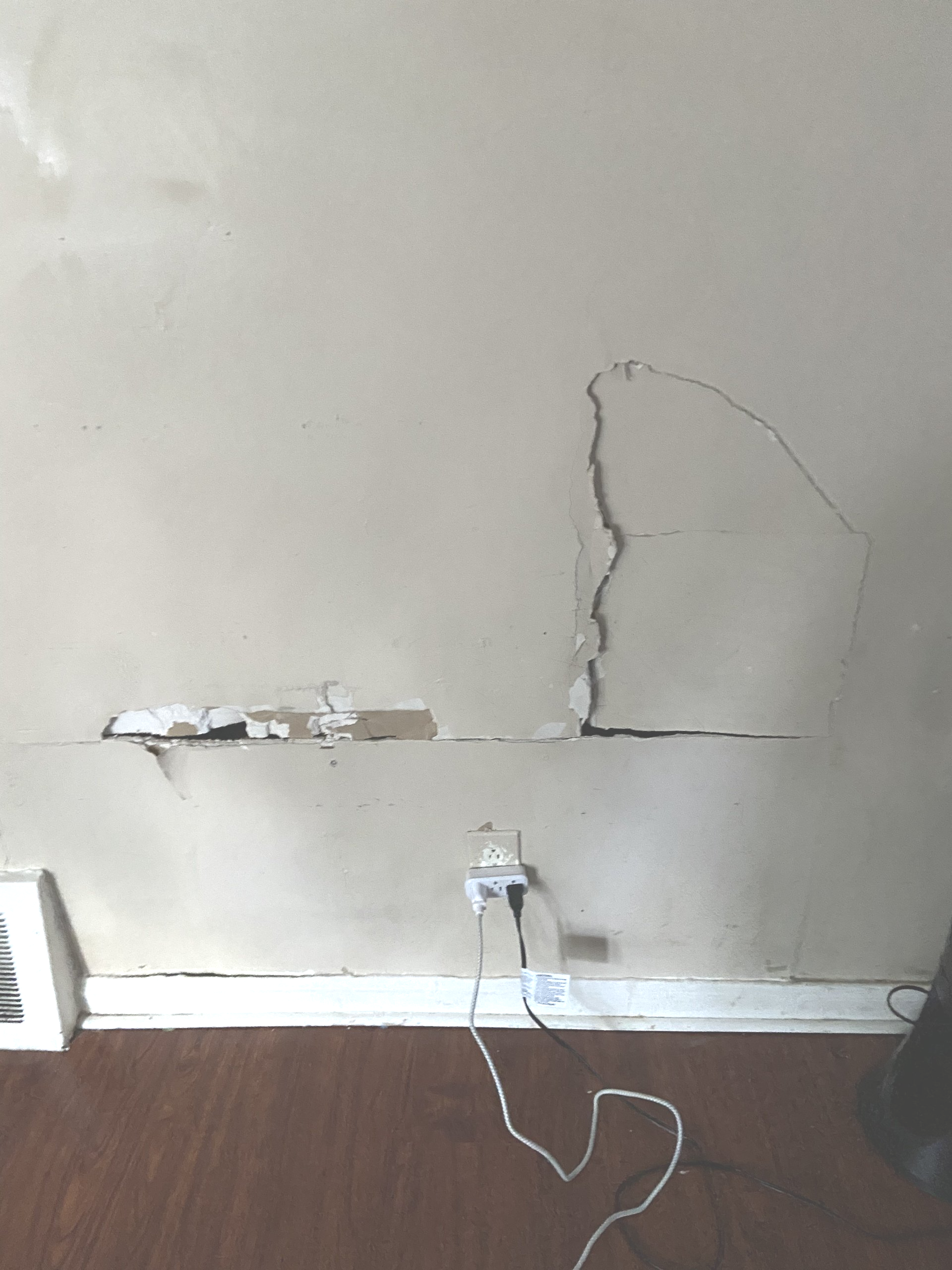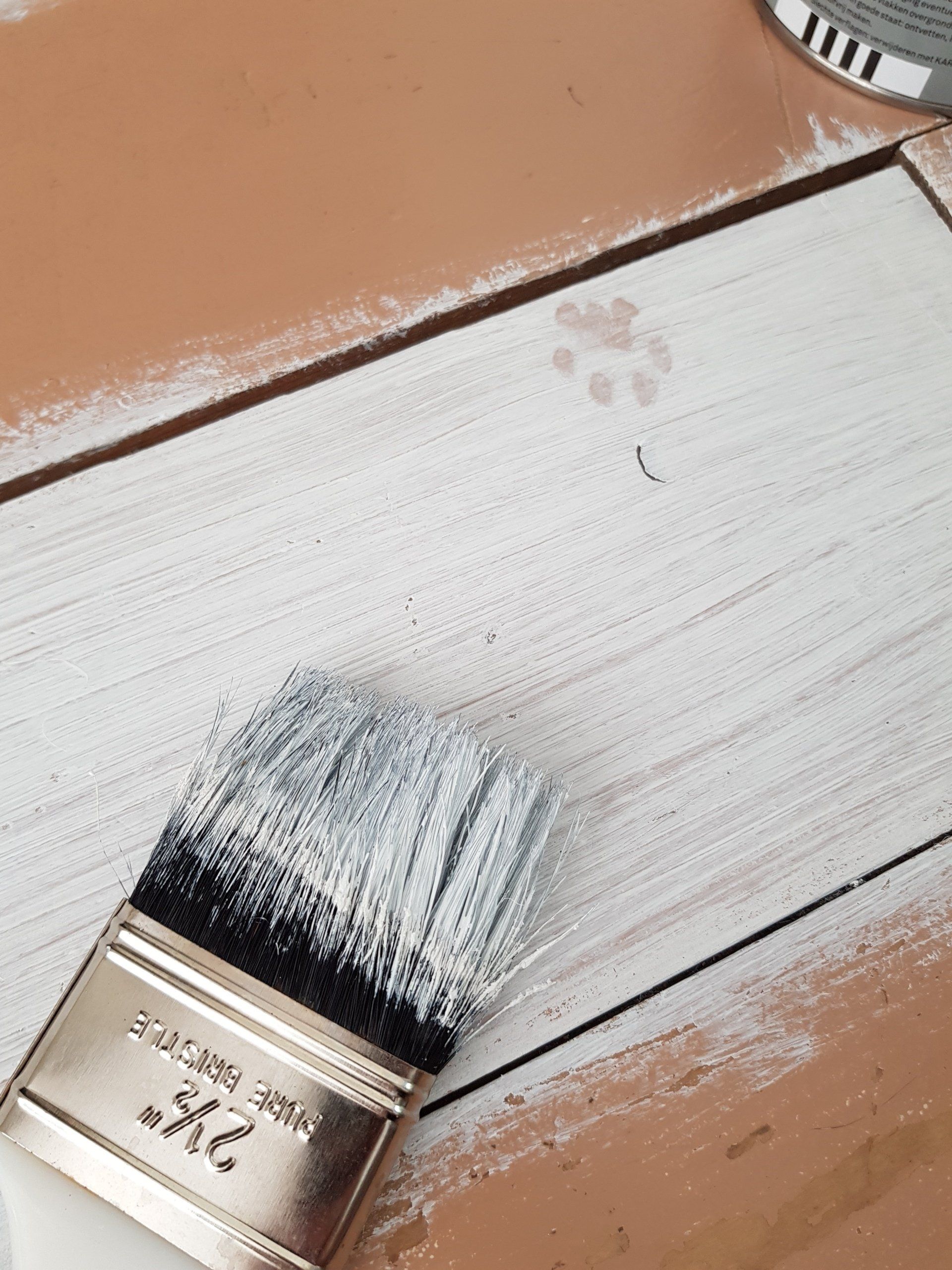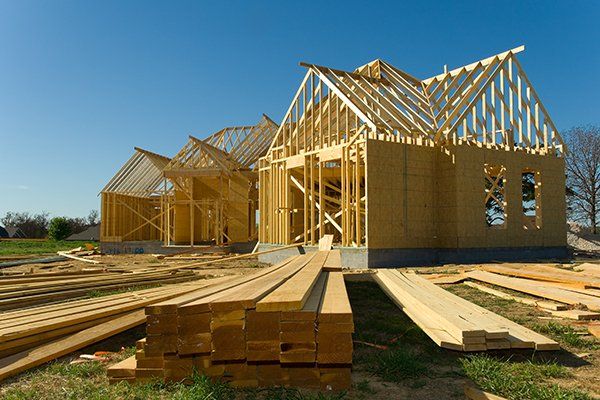Noise No More: A Comprehensive Guide to Soundproofing Your Home or Office
Silence Redefined: Expert Strategies for Effective Soundproofing in Homes and Offices
In the bustling world we live in, noise can be a constant, unwelcome guest in our homes and offices. Whether it's the hum of city traffic, the neighbor's music, or the constant chatter in a busy office, unwanted noise can disrupt our peace and productivity. Thankfully, with the advancement of soundproofing technologies and services, it's possible to create a haven of tranquility in any space. This guide will walk you through the essentials of soundproofing your home or office, ensuring a serene and noise-free environment.
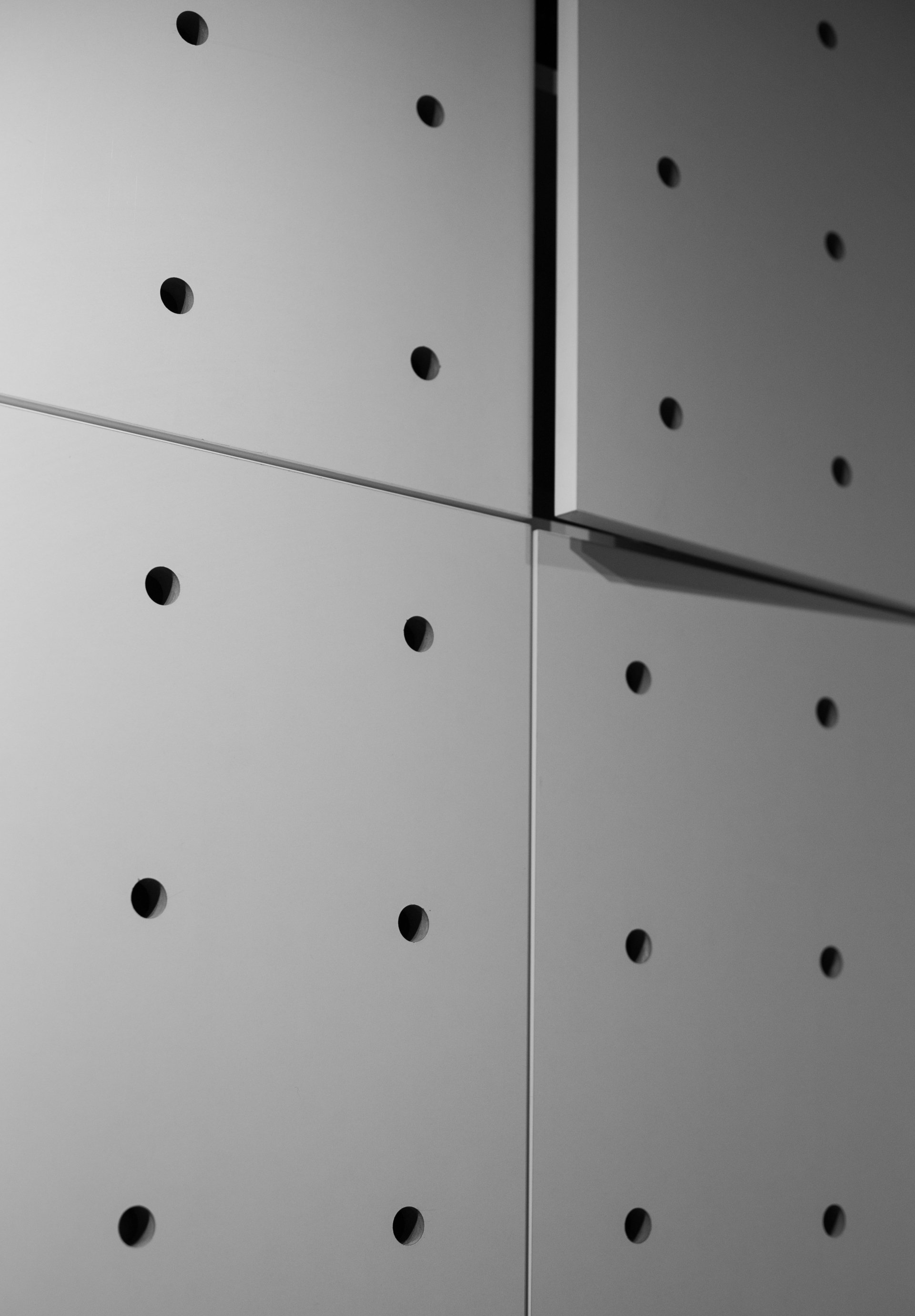
Understanding Soundproofing Basics
Before diving into the specifics, it's crucial to understand the basic principles of soundproofing. Soundproofing involves two key concepts: sound insulation and noise dampening. Sound insulation prevents sound from entering or leaving a room, while noise dampening reduces the echo or reverberation within the space.
Professional Soundproofing Services
Hiring a professional soundproofing contractor can make a significant difference in the effectiveness of your soundproofing efforts. These experts can assess your space, identify problem areas, and recommend the best solutions tailored to your needs. Soundproofing services typically include installing soundproofing insulation, acoustic ceilings, and specialized drywall to mitigate noise.
Home Soundproofing Techniques
For home soundproofing, start by identifying the main sources of noise. Common solutions include:
- Soundproofing Drywall: Replacing standard drywall with soundproofing drywall can dramatically reduce noise transmission through walls.
- Sound Proofing Insulation for Walls: Insulating walls with materials specifically designed for noise reduction can effectively block external noise.
- Window Noise Reduction: Windows are often weak points in sound insulation. Installing double-glazed windows or using noise reduction materials like thick curtains can help.
- Acoustic Ceilings: Acoustic ceilings can absorb sound and prevent it from bouncing around the room.
- Room Noise Insulation: Insulating individual rooms, especially in apartments or shared buildings, can significantly reduce noise transmission.
Office Soundproofing Strategies
Soundproofing an office space requires a slightly different approach:
- Room Soundproofing: For individual offices or meeting rooms, consider installing soundproof panels or using room sound dampening materials.
- Acoustic Soundproofing: This involves using materials and designs that reduce echo and improve the overall acoustic quality of the space.
- Noise Dampening in Common Areas: Utilize carpets, fabric wall panels, and furniture arrangements to reduce noise levels in open-plan offices.
Specialized Soundproofing for Music Rooms
Music rooms, whether at home or in professional settings, need special attention. Music room soundproofing involves using high-density materials to prevent sound leakage and to ensure optimal acoustic quality inside the room.
Choosing the Right Materials
Selecting the right noise reduction materials is vital. Options range from specialized acoustic foam to mass-loaded vinyl and soundproofing insulation. Your choice will depend on the specific requirements of your space and the type of noise you're dealing with.
DIY vs. Professional Installation
While some soundproofing projects can be a DIY endeavor, like installing door sweeps or window treatments, more complex tasks like fitting soundproofing drywall or acoustic ceilings are best left to a drywall contractor or a professional soundproofing service. Their expertise ensures that the job is done correctly and efficiently.
Maintenance and Upkeep
Regular maintenance of your soundproofing solutions is essential to ensure their continued effectiveness. This includes checking seals, inspecting for any damage, and making necessary repairs.
Maximizing Soundproofing Efficiency
To further enhance the soundproofing of your space, consider the following advanced techniques and considerations:
Strategic Room Layout
- Room Layout Optimization: Arrange furniture and other items in a way that helps absorb and block sound. For instance, bookshelves full of books can act as an excellent sound barrier.
- Zoning Spaces: In offices, create zones with different noise levels and use partitions or furniture to physically separate these areas.
Technological Integrations
- Sound Masking Systems: These systems emit a subtle, unobtrusive background noise, which can help mask the sound of conversations, making them less intelligible and therefore less distracting.
- Noise Cancelling Technology: In personal spaces like home offices, noise-cancelling headphones can be an effective way to block out external noise.
Environment-Friendly Soundproofing
- Green Soundproofing Solutions: Opt for materials that are eco-friendly and sustainable, like recycled cotton or cellulose insulation.
- Natural Sound Absorbers: Incorporating plants and other natural elements can contribute to noise reduction while also improving air quality and aesthetics.
Addressing HVAC Noise
- Ductwork Insulation: Insulating HVAC ducts can prevent the spread of noise through air vents.
- Upgrading HVAC Systems: Sometimes, the solution might be as simple as upgrading to a quieter HVAC system.
Enhancing Exterior Soundproofing
- Landscape Solutions: Strategic landscaping, such as planting thick shrubbery or constructing a sound barrier wall, can significantly reduce external noise.
- Exterior Wall Insulation: Enhancing the insulation of exterior walls can provide an additional barrier against outdoor noise
Legal and Compliance Aspects
- Regulatory Compliance: Ensure that your soundproofing modifications comply with local building codes and regulations, especially in rented spaces or historical buildings.
- Neighborly Considerations: If your soundproofing efforts are due to noise from neighbors, it might be worthwhile to communicate with them. Sometimes, solutions can be found through mutual understanding and collaboration.
Future of Soundproofing
As technology advances, so do soundproofing techniques and materials. Keep an eye out for innovative solutions like smart soundproofing materials, which can adapt to different sound levels, and new acoustic technologies that offer more efficient and less invasive ways to achieve a quiet space.
Conclusion
Comprehensive soundproofing involves a blend of technical solutions, strategic planning, and sometimes, a bit of creativity. Whether you're looking to create a peaceful home environment, a productive workspace, or a professional-quality music room, the right soundproofing approach can make all the difference. Remember, the ultimate goal is not just to reduce noise, but to enhance the comfort and usability of your space.
Ready to work with Fort Worth Drywall Contractor Services?
Let's connect! We’re here to help.
Send us a message and we’ll be in touch.
Or give us a call today at 111-222-3333

